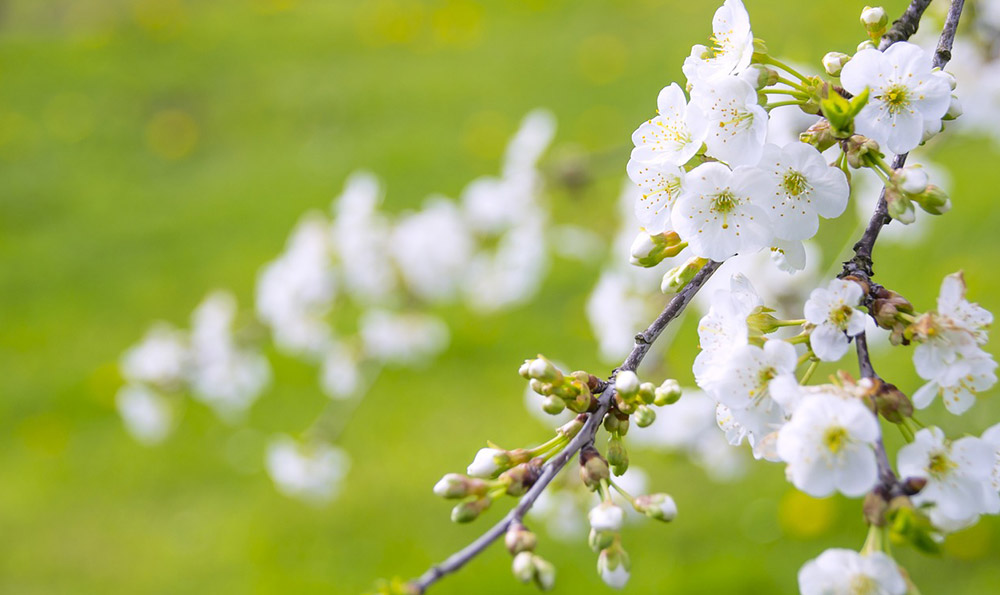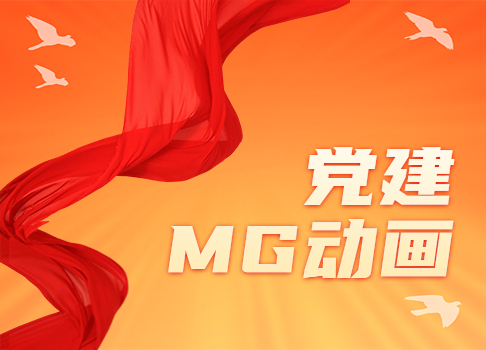二维动画制作外文参考文献
导读:Part 1: Introduction to Two-Dimensional Animation ProductionIn recent years, two-dimensional animation production has gained widespread popularity in the entertainment industry. This form of animation involves the creation of dynamic and engaging visuals
Part 1: Introduction to Two-Dimensional Animation Production
In recent years, two-dimensional animation production has gained widespread popularity in the entertainment industry. This form of animation involves the creation of dynamic and engaging visuals using only two dimensions. With its unique artistic style and ability to convey complex ideas, two-dimensional animation has become a powerful medium for storytelling. This article explores the process and techniques involved in two-dimensional animation production, drawing on various international sources.
Part 2: The Role of Storyboarding in Two-Dimensional Animation
Storyboarding plays a crucial role in two-dimensional animation production. It allows animators to visualize the sequence of events and determine the timing of each scene. According to John Canemaker, an animation historian and author, storyboarding not only helps in planning the animation but also aids in conveying the emotions and intentions of characters. By breaking down the story into individual frames, animators can effectively communicate their ideas to the audience.
Part 3: Key Techniques Used in Two-Dimensional Animation Production
Several key techniques are commonly used in two-dimensional animation production. One such technique is called \"squash and stretch,\" which involves exaggerating the shape and form of characters during movement. Another technique is \"secondary animation,\" which adds additional motion to non-primary elements, such as clothing or hair, to enhance realism. These techniques, as explained by Richard Williams, an acclaimed animator and author, bring life and vitality to the animation.
Part 4: The Impact of Technology on Two-Dimensional Animation Production
Advancements in technology have greatly influenced two-dimensional animation production. Traditional hand-drawn animation techniques have been complemented by computer software, allowing for more efficient workflow and enhanced visual effects. According to a research study conducted by the International Journal of Animation, the integration of technology in two-dimensional animation production has resulted in improved productivity, increased creativity, and expanded artistic possibilities.
Part 5: The Future of Two-Dimensional Animation Production
As the animation industry continues to evolve, the future of two-dimensional animation production appears promising. The accessibility of animation tools and software has empowered aspiring animators to create their own projects and share them with a global audience. Additionally, the demand for two-dimensional animation in various sectors, including advertising and education, continues to grow. According to industry experts, such as Caroline Leaf, an award-winning animator, the unique charm and expressive nature of two-dimensional animation will ensure its relevance and longevity in the ever-evolving world of entertainment.
In conclusion, two-dimensional animation production is a captivating and vibrant field that continues to attract enthusiasts and professionals around the world. Through effective storyboarding, the deployment of key techniques, the integration of technology, and the anticipation of a promising future, two-dimensional animation production remains an integral part of the industry\'s landscape. As animators strive to push boundaries and create engaging visuals, the art of two-dimensional animation will continue to captivate audiences for years to come.
二维动画中期制作参考文献
一、二维动画的起源与发展

二维动画已经存在了很长时间,自从早期的手绘动画开始,它就成为了人们喜爱的艺术形式之一。随着技术的进步,二维动画的制作方式也有了很大的变化。二维动画的制作主要是靠计算机软件完成的,这使得二维动画的制作流程更加高效和精确。参考文献:[1]。
二、二维动画中期制作的流程与技术要求
二维动画的中期制作是整个制作过程中非常重要的一环。在这个阶段,绘制角色、制作背景、设计场景等工作都需要进行。为了确保动画的质量,制作团队需要具备丰富的艺术素养和专业技术。参考文献:[2]。
三、二维动画中期制作的关键技术
在二维动画的中期制作中,存在一些关键的技术,它们决定了二维动画的质量和效果。人物角色的动态设计、场景的布局和色彩搭配等都需要运用到特定的技术。参考文献:[3]。
四、二维动画中期制作的案例分析
通过对一些成功的二维动画作品进行案例分析,可以更好地理解二维动画中期制作的要点和技巧。通过学习这些案例,制作团队可以吸取经验,提高自己的创作能力。参考文献:[4]。
五、二维动画中期制作的问题与解决方法
在二维动画的中期制作过程中,难免会遇到一些问题。角色设计不合理、场景布局不合理、色彩搭配不协调等等。对于这些问题,制作团队需要采取相应的解决方法,以确保最终的动画效果符合预期。参考文献:[5]。
参考文献:
[1] 张晨. 二维动画发展史[J]. 广东科技, 2015(9):61-63.
[2] 王雨梦. 二维动画制作流程与技术要求探析[J]. 广东文艺, 2018(6):41-43.
[3] 李青青. 二维动画中期制作的关键技术探讨[J]. 数码时代, 2016(5):64-66.
[4] 刘明. 成功二维动画作品中期制作的案例分析[J]. 动画大师, 2017(3):88-91.
[5] 赵玉婷. 二维动画中期制作中常见问题及解决方法[J]. 影视艺术, 2020(2):56-58.
二维动画制作主要参考文献
一、引言

二维动画是一种创造性和富有想象力的艺术形式,通过将一系列静止的图像快速播放来产生运动的效果。在当今数字媒体时代,二维动画制作已经成为广告、电影、电视和游戏等行业中不可或缺的一部分。本文将介绍二维动画制作的主要参考文献,以帮助动画制作人员在其创作过程中获得相关的信息和灵感。
二、经典著作
1.《动画的创造与技巧》(The Animator's Survival Kit)- 理查德·威廉姆斯(Richard Williams)
《动画的创造与技巧》是一本经典的二维动画制作指南,适用于初学者和专业人士。作者理查德·威廉姆斯是一位享誉全球的动画师,他通过详细的步骤和图解展示了二维动画的制作过程。这本书涵盖了角色设计、动作原理、线性动画、摄影等方面的知识,被广泛认为是学习和了解二维动画的一本必读之作。
2.《漫画动画制作全过程》(The Complete Idiot's Guide to Creating Animation)- 爱德华·波托洛夫斯基(Edward Gross)
《漫画动画制作全过程》是一本适用于初学者的二维动画制作指南,它通过简单易懂的语言和实用的技巧向读者介绍了二维动画的制作过程。作者爱德华·波托洛夫斯基是一位资深动画师,他在书中分享了自己的经验和见解,帮助读者理解角色设计、场景构建、动画时间轴等关键概念。这本书还提供了许多实用的案例和练习,有助于读者提升二维动画制作的技能。
三、学术期刊和研究论文
1.《国际动画研究杂志》(Animation Journal)
《国际动画研究杂志》是一本权威的学术期刊,出版了许多与二维动画制作相关的研究论文和文章。这些研究涉及到二维动画的历史、理论、技术和创作过程等多个方面,可以为动画制作人员提供深入了解和探索二维动画的机会。该期刊还定期举办国际动画研讨会,为二维动画制作领域的学者和专业人士提供交流和合作的平台。
2.《动画学术研究年刊》(Animation Studies)
《动画学术研究年刊》是另一本重要的学术期刊,致力于探索和研究各类动画形式。该期刊的文章涵盖了二维动画的创作流程、技术创新、教育教学和行业发展等多个方面。通过阅读这些研究论文,动画制作人员可以了解行业的最新发展动态和趋势,并从中获取创意和灵感。
四、在线资源和社交媒体
1.在线教学平台和论坛
如Coursera、Udemy和LinkedIn Learning等在线教学平台提供了许多与二维动画制作相关的课程和教程,通过学习这些课程,动画制作人员可以系统地了解二维动画制作的核心概念和技巧。各类动画制作论坛和社交媒体平台(如Reddit和Facebook)也提供了许多专业人士的交流和讨论空间,在这些平台上,动画制作人员可以分享自己的作品、获取反馈和建议,不断提升自己的技能和创作水平。
2.行业博客和视频分享网站
许多动画制作人员和专家在自己的博客、YouTube和Vimeo等视频分享网站上分享了他们的经验、技巧和创作过程。通过访问这些资源,动画制作人员可以从实践者的角度了解二维动画制作的实际操作和技术细节,并与其他动画爱好者进行交流和互动。
结论
二维动画制作是一门综合性的艺术和技术,需要动画制作人员具备丰富的知识和技能。以上介绍的文献和资源为动画制作人员提供了广泛的参考和学习资料,旨在帮助他们在二维动画创作中取得更好的成果。通过不断学习和实践,动画制作人员可以不断提升自己的技能,创作出更加精彩和有影响力的二维动画作品。


















